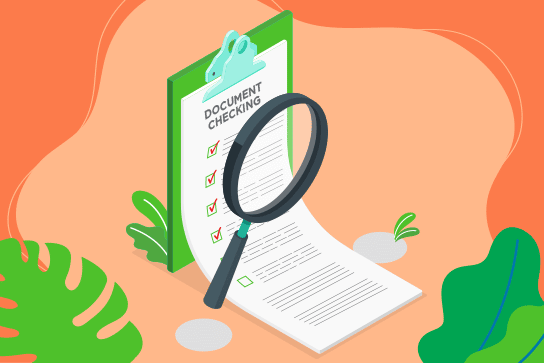LISTEN AUDIO
Last Updated on April 8, 2023 by Ozlinks Education
Subject: Coordinate cooking operations
This unit code SITHKOP005* describes the performance outcomes, skills and knowledge required to coordinate the production of food in commercial kitchens. It requires the ability to plan the production of food, organise required food supplies for food production period, supervise food production processes and monitor the quality of kitchen outputs.
Food production can be for any type of cuisine and food service style. It covers Asian cookery, patisserie products and bulk-cooked foods.
The unit applies to hospitality and catering organisations, including hotels, restaurants, clubs, educational institutions, health establishments, defence forces, cafeterias, residential caterers, in flight and other transport caterers, event and function caterers.
It applies to those people who operate independently or with limited guidance from others including senior chefs and catering managers.
Elements and Performance Criteria.
Elements describe the essential outcomes. Performance criteria describe the performance needed to demonstrate achievement of the element.
1. Plan food production requirements.
1.1 Determine food production requirements.
1.2 Choose food production processes to ensure nutritional value, quality, and structure of foods.
1.3 Select appropriate in-house food production system to meet food production requirements.
1.4 Select and collate standard recipes for use of food production personnel.
1.5 Prepare a workflow schedule and mise en place plan for food production according to menu and food volume requirements.
1.6 Develop food preparation lists for use of food production personnel.
2. Organise availability of supplies for food production period.
2.1 Calculate required food supplies for food production period.
2.2 Check stores for availability and quantity of required stocks.
2.3 Order or purchase additional stock.
3. Coordinate kitchen operations.
3.4 Use correct terminology in menus and meal plans.
3.1 Supervise food production processes to ensure food safety.
3.2 Oversee and adjust kitchen workflow to maximise teamwork and efficiency.
3.3 Control production sequence of food items to enable smooth workflow and minimise delays.
4. Monitor the quality of kitchen outputs.
4.1 Monitor kitchen work processes at all stages of preparation and cooking to ensure quality of food items.
4.2 Check that items match recipes and menu descriptions.
4.3 Ensure that food items are of consistent quality and meet organisational standards.
4.4 Conduct final check on food items before they are served, stored, or despatched from kitchen.
4.5 Instruct kitchen staff to adjust food items to meet quality requirements and organisational standards.
4.6 Supervise safe storage of food.
Assessment Requirements.
Performance Evidence.
Evidence of the ability to complete tasks outlined in elements and performance criteria of this unit in the context of the job role, and:
- supervise food production processes and monitor and report on the quality of kitchen outputs for a minimum of twelve complete service periods (shifts) including:
- development of: kitchen workflow schedules, mise en place lists, food preparation lists.
- calculating and ordering food supplies for at least four of the types of food service styles listed in the knowledge evidence
- coordinate cooking operations within commercial time constraints for food production processes, which must include at least two of the following categories:
- bulk cooking
- cook chill for extended life
- cook chill for five day shelf life
- cook freeze
- fresh cook.
Knowledge Evidence.
Demonstrated knowledge required to complete the tasks outlined in elements and performance criteria of this unit:
- for at least three of the hospitality and catering organisations detailed in the unit’s application:
- comprehensive details of food production processes for: receiving, mise en place, preparing or cooking, post-cooking storage, reconstitution, re-thermalisation, serving
- critical control points in food production where food hazards must be controlled
- menus and recipes for items produced in performance evidence
- indicators of quality food products: appearance and visual appeal, colour, consistency, moisture content, mouth feel and eating properties, plate presentation, portion size, shape, taste, texture
- types of food service styles:
- à la carte
- buffet
- set menu
- table d’hôte
- bulk cooking operations
- functions and events
- festivals
- use of designated decorations, garnishes or sauces
- types of food production systems and their characteristics for different production methods specified in the performance evidence.
- range of formats and content for:
- kitchen workflow schedules
- mise en place plans
- food preparation lists.



